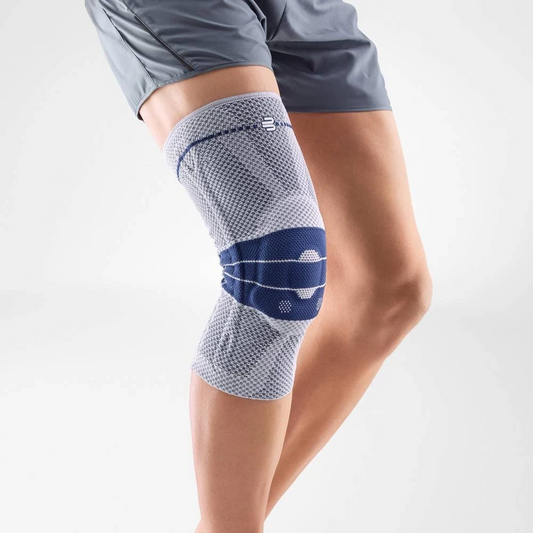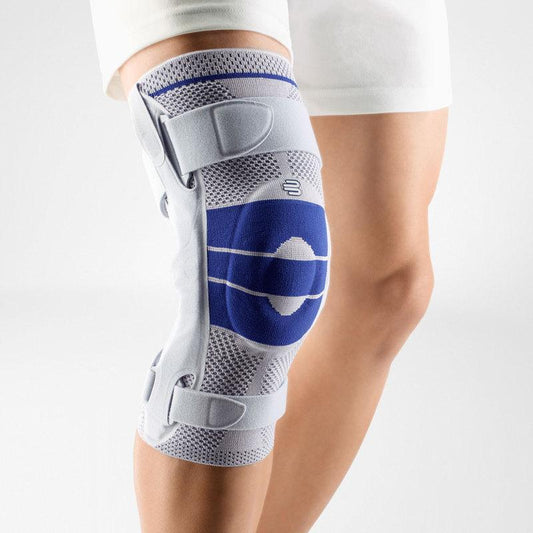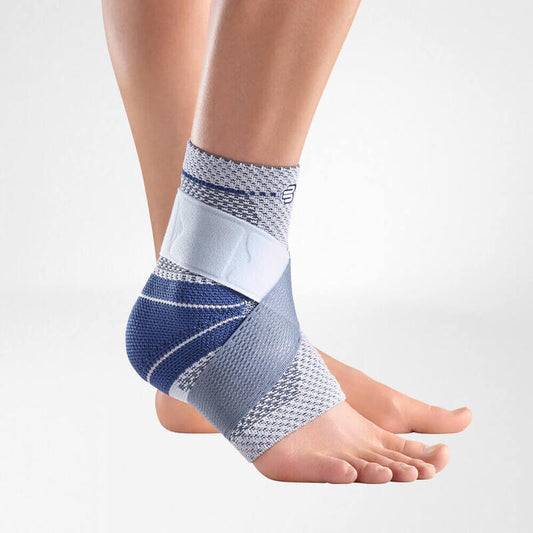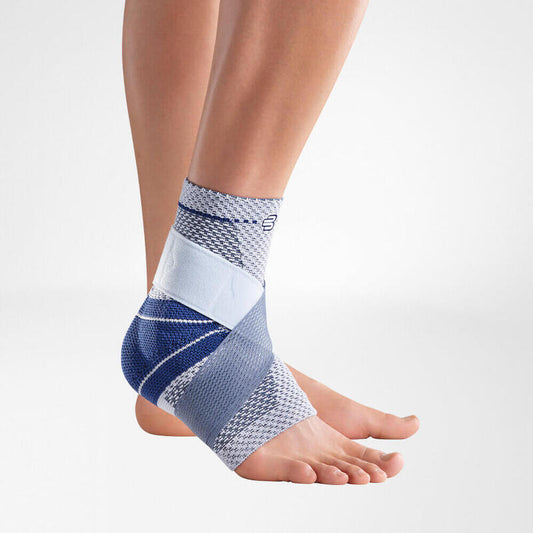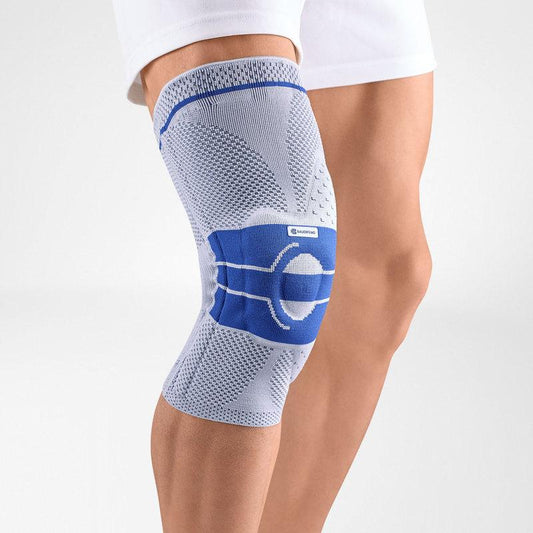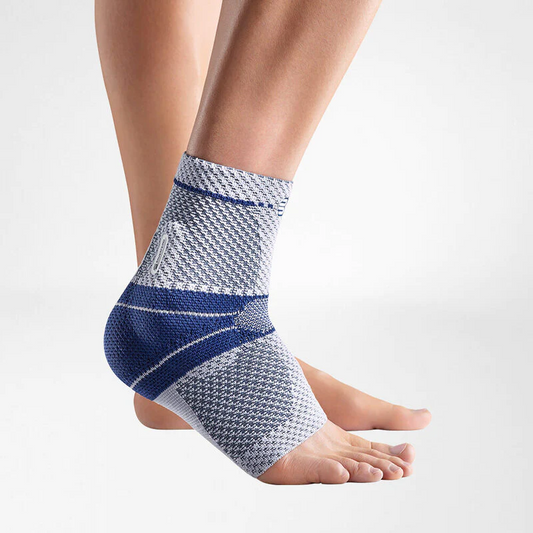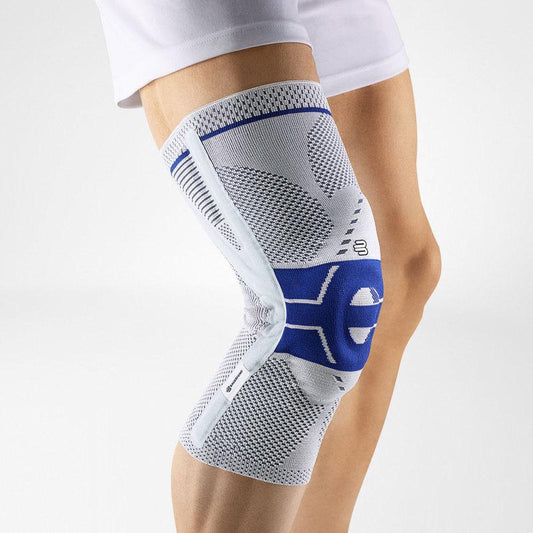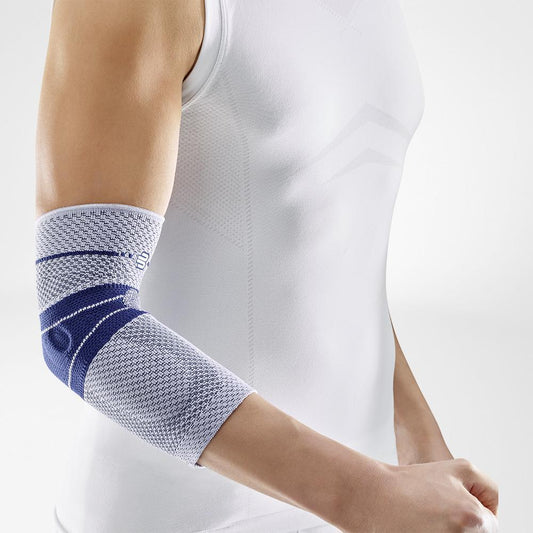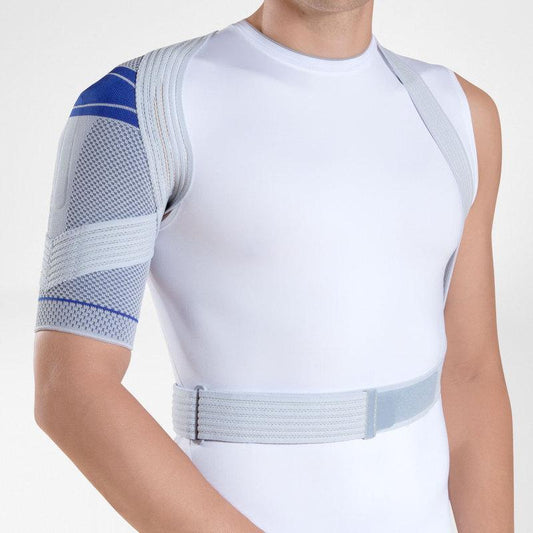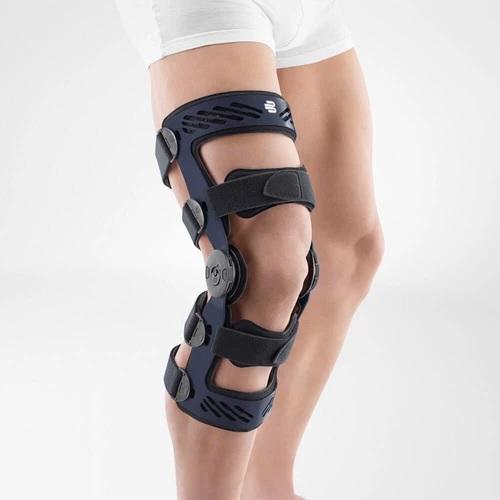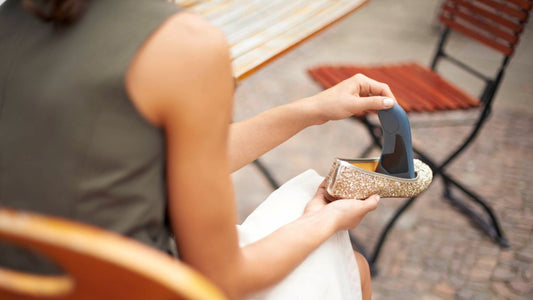In the clinic, deciding whether or not to recommend a brace is rarely black and white. With patients expecting quick recovery timelines and clinicians balancing mobility, compliance, and long-term joint health, the real skill lies in knowing when a brace adds value and when it could hold a patient back. Hence, we have put together this guide to help you ensure your patients get the right support, at the right time, and for the right reasons.
The Role of External Support in Modern Rehabilitation
Bracing is a multifaceted companion to injury rehabilitation. It can be an excellent way to:
- Immobilise a joint and facilitate healing, like in the case of a fracture or ligament tear.
- Stabilise a joint through movement and prevent damaging rotations, buckling, and bends.
- Improve neuromuscular control, assist in areas like gait pattern retraining, muscle activation, and joint natural stability.
- Boosting circulation, thus enhancing blood flow to injured tissues and reducing potentially damaging and painful inflammation.
- Pain reduction through offloading, stabilising, and muscle retraining.
- Facilitate rehabilitative exercise and return to sport through pain reduction, support, and a confidence boost.
Physiotherapy and exercise are excellent ways to improve joint healing and restore function. But depending on the injury, your patient could benefit from robust external support or a bit of extra assistance from compression.
When to Brace: Indications That Benefit from External Support
Modern braces, such as those manufactured by Bauerfeind, have a huge variety of applications. Where hinged, stayed, and strapped supports like the SecuTec Genu are best for higher grade injuries and more severe cases of conditions like osteoarthritis, padded compression supports like the GenuTrain can fill the gap for milder pangs, stubborn injuries, and lacklustre muscle function.
Early-Stage Rehabilitation & Pain Modulation in Overuse and Mild Acute Injuries
When pain and swelling inhibit normal movement, traditional conservative treatment methods like RICE can work well. However, a compressive brace can elevate recovery. These supports improve circulation and reduce muscle guarding. For example, the GenuTrain or MalleoTrain Plus helps patients correctly re-engage muscles in cases of bursitis, tendonitis, or strain with less pain and re-injury risk.
They do so through medical-grade compression knit and specialised viscoelastic pads that work past the pain receptors to improve proprioceptive feedback. The compression knit fabric also reduces oedema effusion, helping vital nutrients get into damaged tissues.Support and Healing for Moderate to Severe Acute Injuries
In cases of ligament tears, fractures, or meniscus damage, semi-rigid or rigid supports are best.
Hinged braces like the SecuTec Genu incorporate hinged splints and adjustable straps to provide robust external support through movement, which is especially beneficial for instability and pain under load. Additional lockable mechanisms on the hinges can improve ligament recovery by restricting ROM.Functional Return to Sport
Chronic or Degenerative Conditions
In osteoarthritis, patellofemoral pain, or chronic tendinopathies, the right brace can offload structures, reducing pressure and cumulative strain. In milder cases, compression supports like the EpiTrain can help relieve pain and facilitate movement. In more advanced or severe cases, the GenuTrain OA takes pressure off the damaged cartilage.
When Not to Brace
As we have established, bracing is a great way to assist in injury recovery and pain management. However, there are certain cases where you may need to rethink the bracing approach.
In the Absence of Functional Deficit
If the patient presents with mild discomfort and does not have a history of a specific injury, and maintains full stability, bracing with a rigid or semi-rigid support can create unnecessary dependency. Instead, focus on exercise therapy and movement retraining first, which is where a compression support may prove beneficial.
Post-Rehab Overuse
After a patient has regained full strength and proprioception, continued use of a restrictive or rigid brace can dampen natural neuromuscular control and impede muscle strength and function. Instead, you may try to encourage a transition from such a brace to compression-based supports that do not have any rigid components.
When Fit and Compliance Are Poor
A poorly fitted brace can do more harm than good. It’s worth investing the extra time to assess sizing and ensure the patient understands correct wear. This is where premium anatomical design and precise sizing systems (like Bauerfeind’s perfect fit system) make a clinical difference. A generic or poorly sized brace will often result in poor results.
Additionally, the only good brace is a used brace. If the patient finds theirs too clunky, hard to wear, difficult to put on or take off, it is unlikely they’ll continue to use it as instructed. That’s why we at Bauerfeind prioritise anatomic shapes, extensive sizing, and lightweight and comfortable designs.
The Importance of a Holistic Approach
Bracing is most effective when integrated into a multimodal approach. No matter how good a brace is, it's essential to build the patient's mobility and strength through manual manipulation and exercise. It is equally essential to consider other factors of their care, including diet, physical activity levels, and general lifestyle.
Bracing Your Practice: Practical Tips
- Assess the goal: Stability? Pain reduction? Load management? Match the brace to the purpose.
- Use trial fittings: Let patients feel the difference. Sensory feedback, pain relief, and the comfort of the support are often what wins them over.
- Leverage your Bauerfeind B2B portal: Order direct, manage stock, and access fitting guides instantly without waiting on reps or suppliers.
- Document the rationale: Record why a brace was prescribed and review at each stage of progress.
In Conclusion
Explore our clinical range and access free fitting guides via our Clinician Portal.





